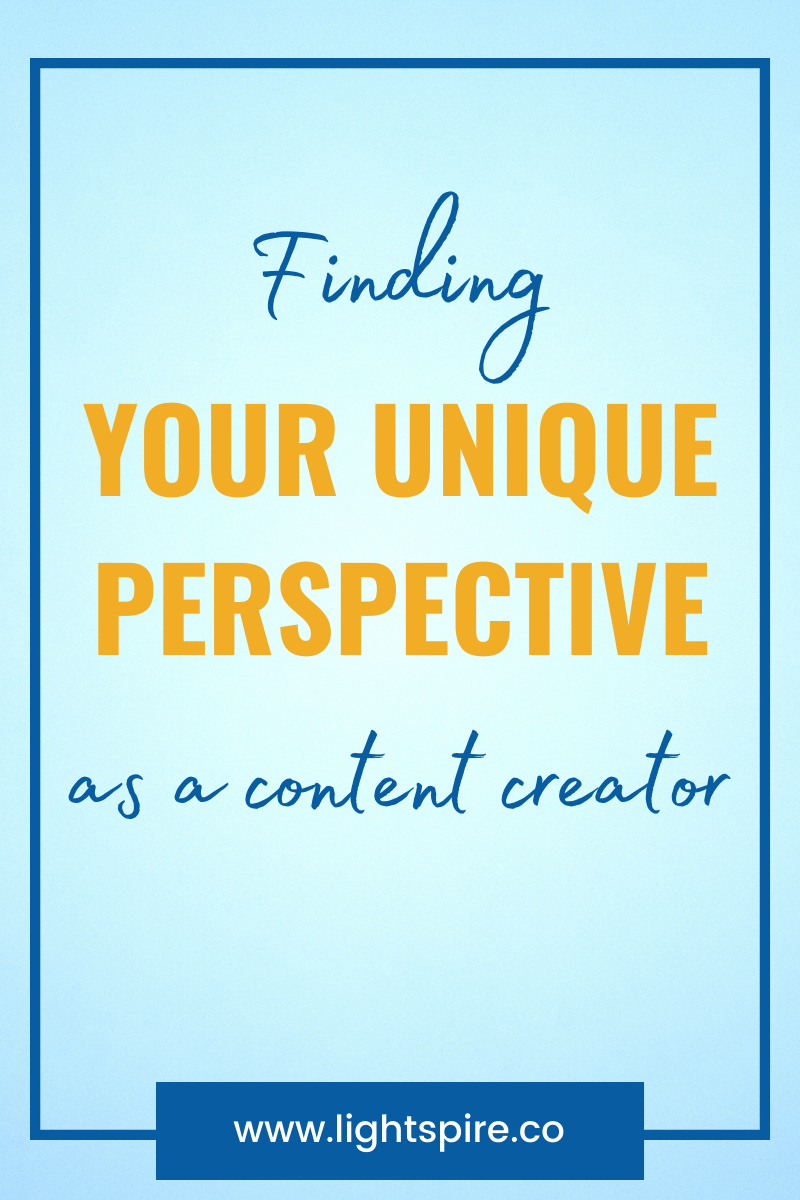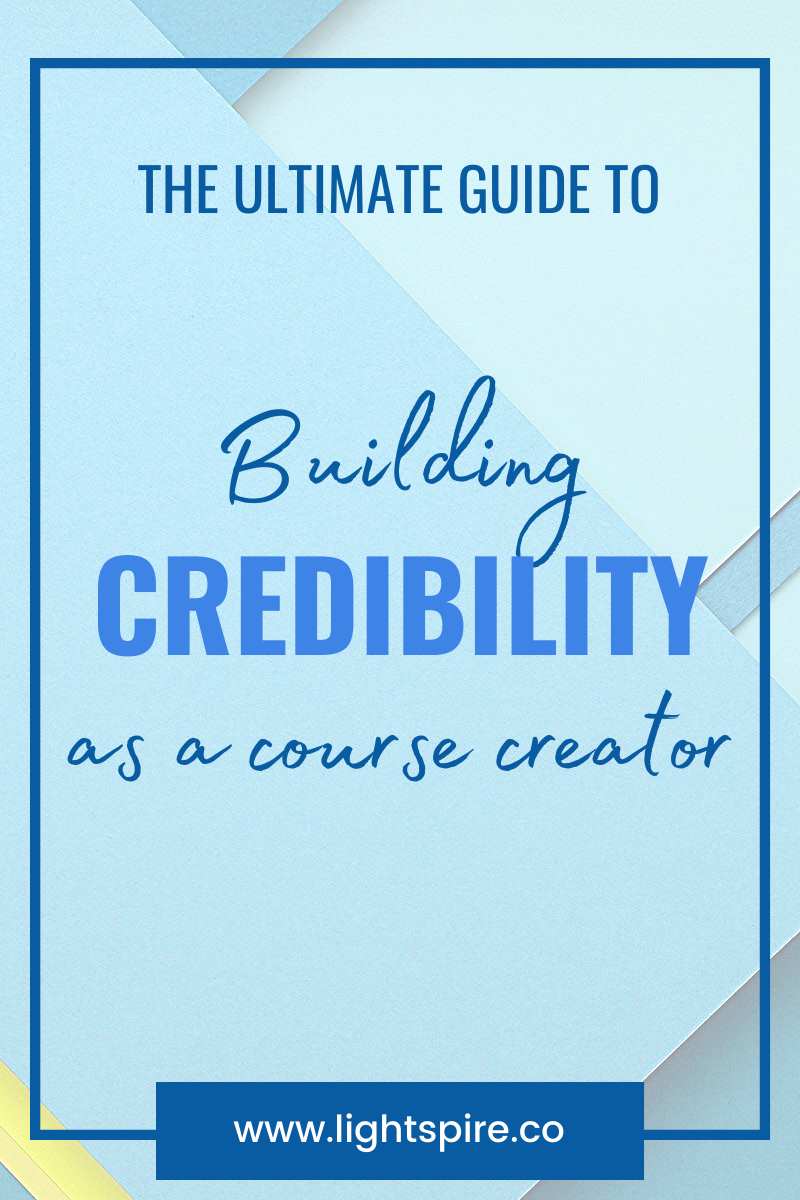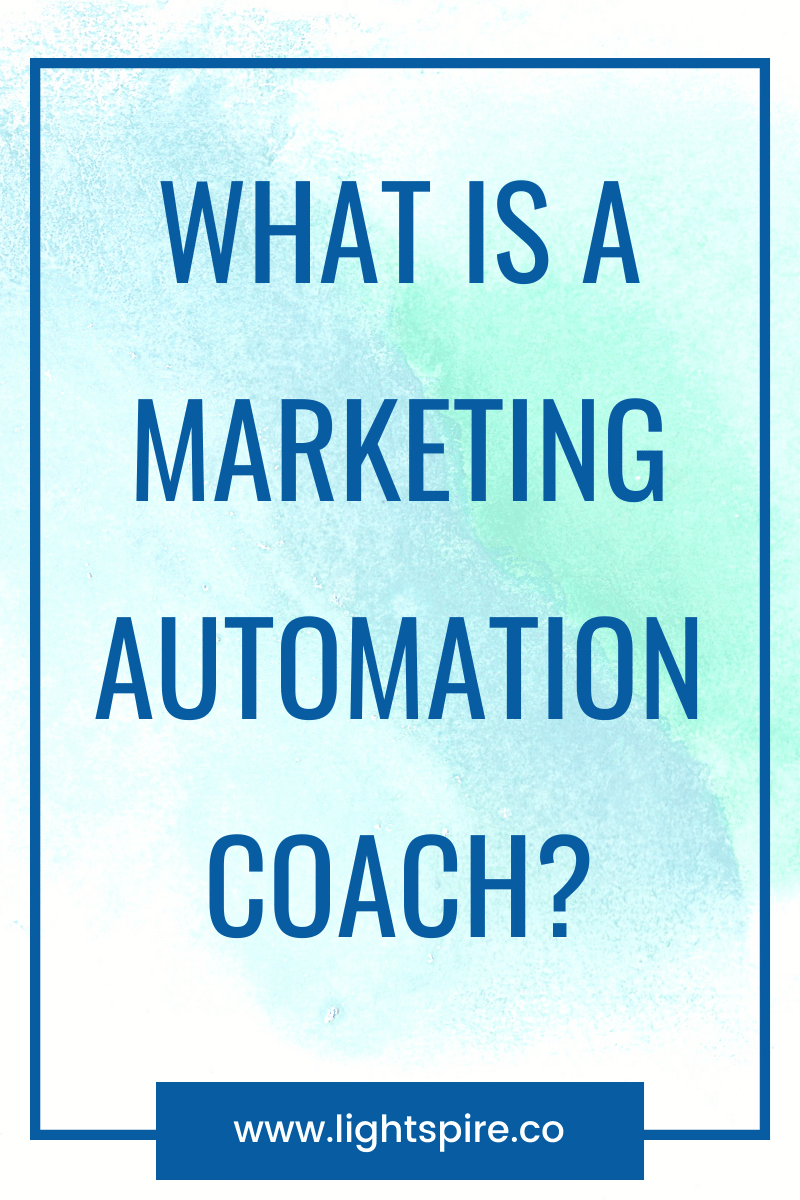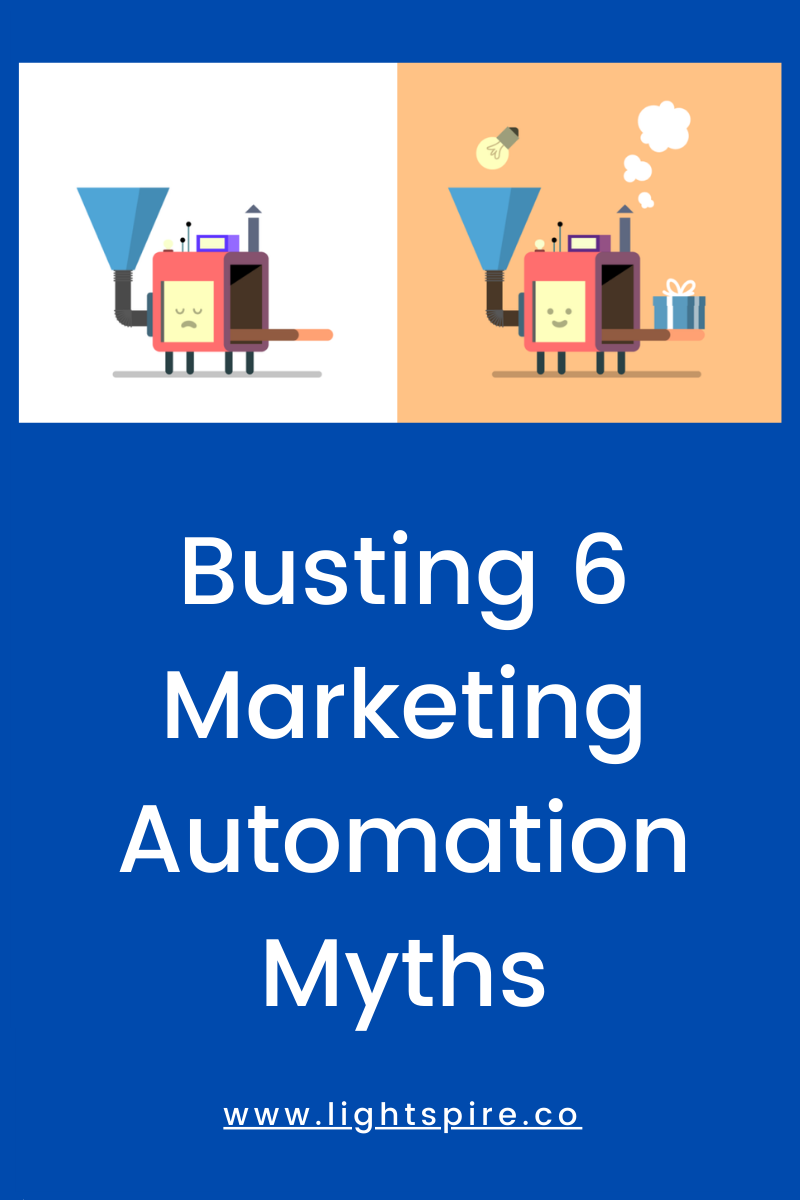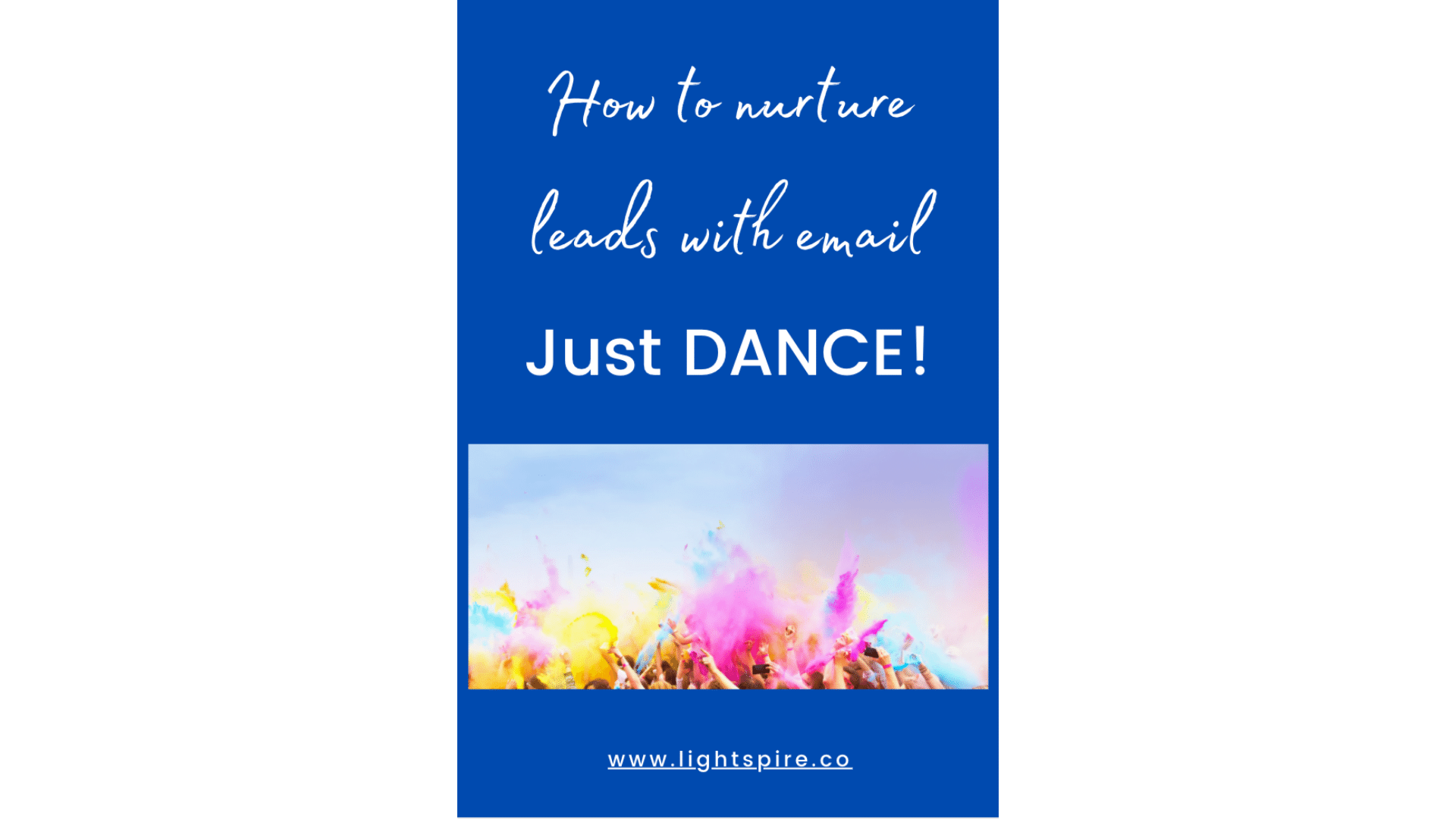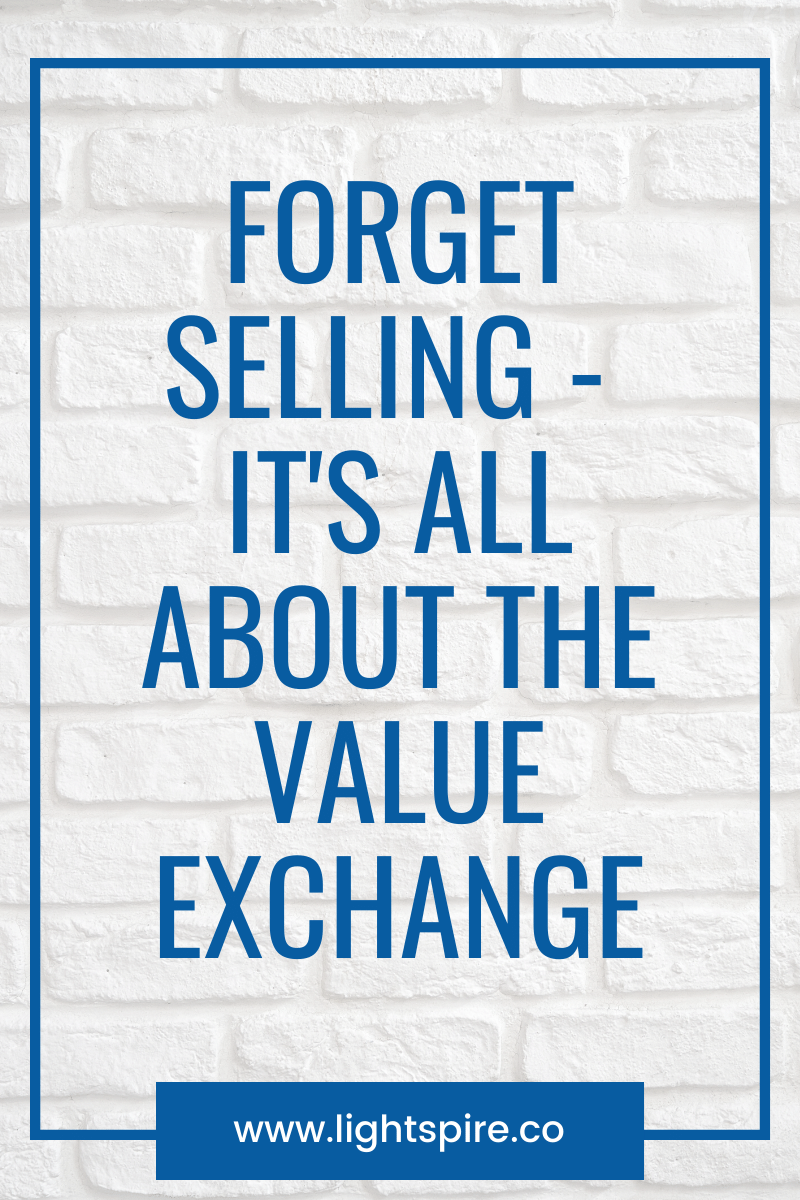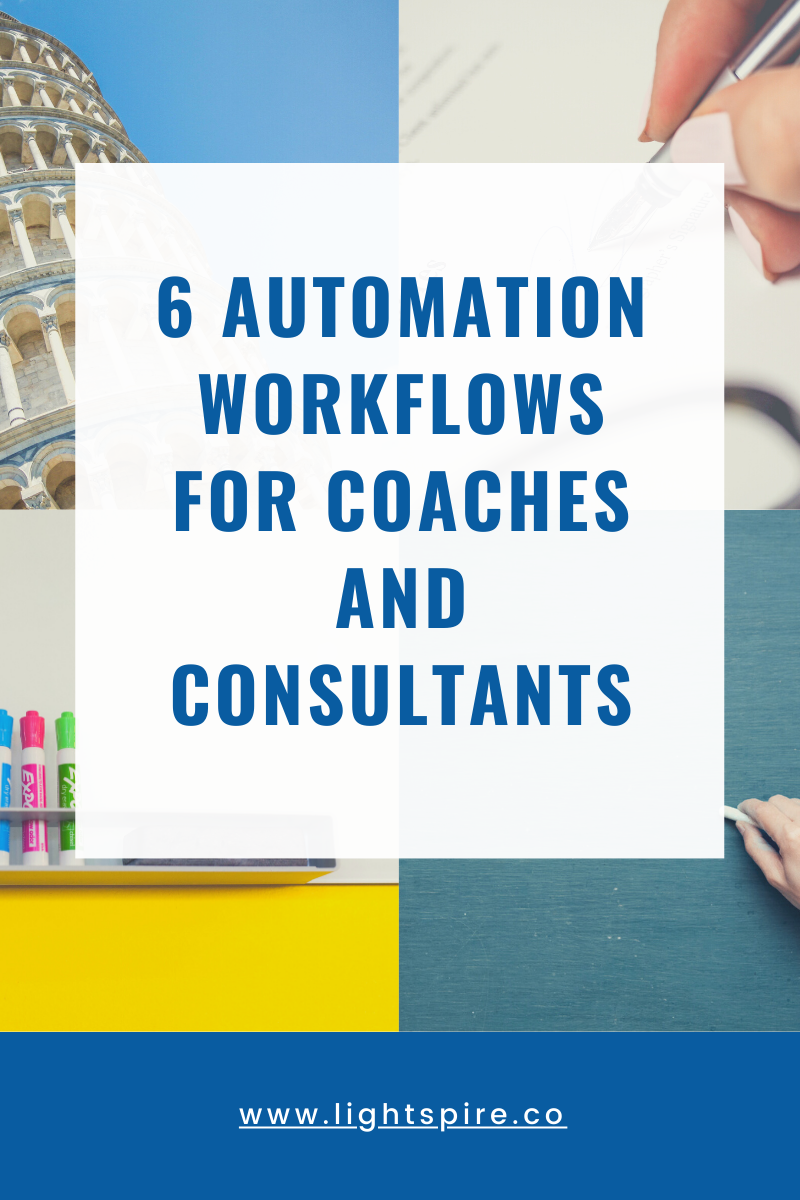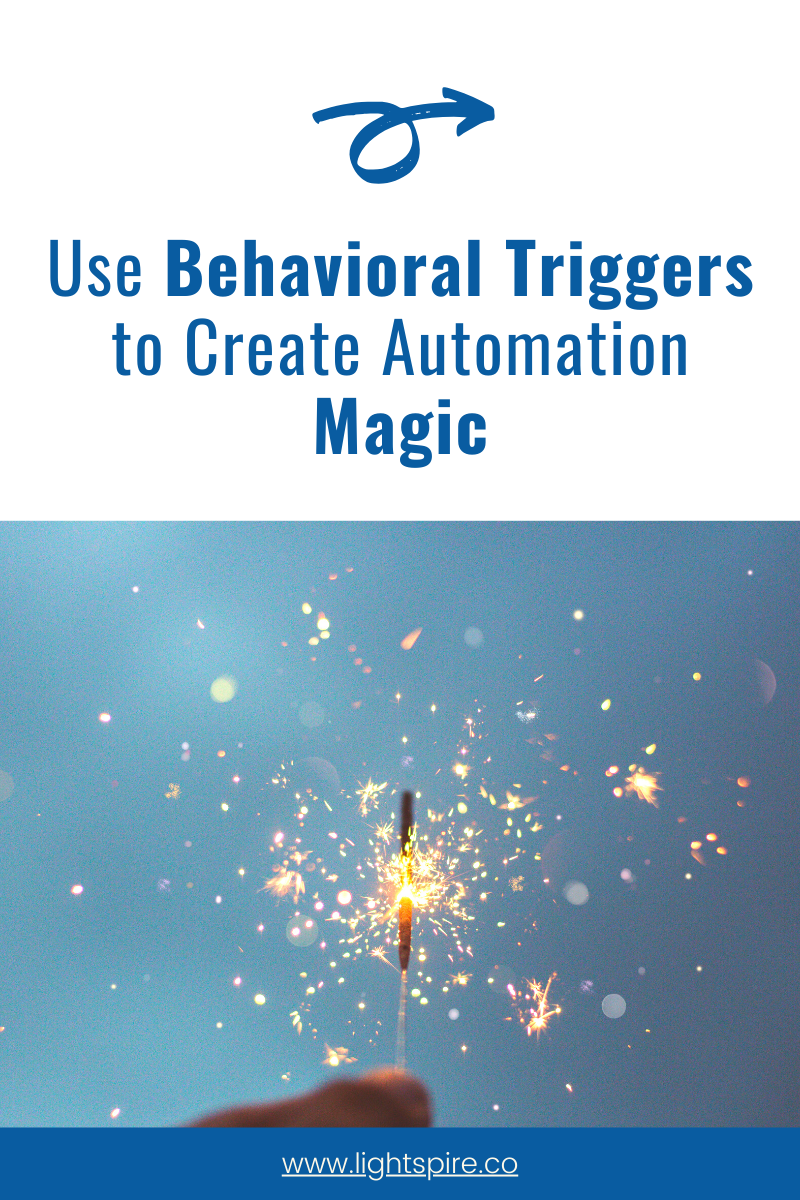Move beyond selling; lead nurturing is all about the value exchange
If you’re running a startup or small business, you’ve likely heard of the marketing funnel, the process of educating and informing your target audience in an effort to convert them to paying customers. But somewhere along the way, the fundamentals of sales and marketing that go into that process have become skewed. Marketing funnels became “click funnels” or “lead engines”, both of which make it sound like you are churning out metrics, not crafting relationships.
Marketers began to cut corners to get to a fast sale, at the detriment of the trusted two-way relationships that they should have been creating. And the idea of marketing as a whole started to make customers, and some business owners, cringe. Now if you mention marketing or sales to many, you’ll hear the words “spam” or “sales-y” far more often than you should.
This makes it really hard for businesses to cut through the noise online without coming across as “spammy”. But with the right focus, it’s entirely possible.
Below we’ll cover how to shift your marketing mindset away from selling, and instead focus on the value exchange.
Let’s do a little exercise so I can show you what I mean. Think back to a positive sales experience that you’ve had. It could be for anything. Maybe you had a good experience buying something major, like a house or a car, or something smaller like a gift for a loved one or a new pair of shoes. Maybe it’s something as small as your morning latte.
Buying can be a positive experience
Whatever experience you’re picturing, you probably started with a problem state. A problem state is at the beginning of your buying journey. It’s when you know you have a problem, and that the solution is going to require some product or service to fix it.
When you’re buying a house the problem state is that you need somewhere to live - preferably somewhere that is close to where you work, safe, within budget, and has all of the desirable characteristics you’re looking for. Your problem state for a new pair of shoes might be an outfit you need to match, an event you’re attending, or an activity that you’d like to pursue that needs specialized footwear.
Your problem state involves pain of some kind (either present pain, or pain that you can imagine in the future). If I don’t buy a house, I might have to keep renting an apartment I hate. Or I have the financial pain of continuing to pay rent when I could be building equity in a house. I can also picture the pain of not having anywhere to live. If I don’t get the right shoes for an activity I’m pursuing I could cause myself physical pain. I could also have the emotional pain of feeling embarrassed that I’m underdressed when I end up in formal attire and old sneakers.
At this beginning stage, the problem state may only include pain. There may not be a lot of information. You may not know what you really need to fix your pain, what the solution will look like, or what features are important to you in the solution. In short, you don’t know what you don’t know.
A positive buyer journey
In the positive experience that you’re thinking about, you then progressed from that initial problem state through a buyer journey. This was your journey from problem to solution - and from having almost no information to having all the information you needed to make a buying decision.
Your buyer journey includes three main phases that lead to a purchase decision:
The awareness stage: The buyer realizes they have a problem.
The consideration stage: The buyer defines their problem and researches options to solve it.
The decision stage: The buyer chooses a solution (hopefully yours)
In the perfect buying experience, answers are given to you exactly when your questions come up. Information appears as if by magic right when you need it. Helpful people communicate with you in a way that is perfect for you and how you like to communicate. Sales reps speak your language, understand your pain, and are ready with the solution that will fix your problem.
Does any of that sound spammy?
To me, this sounds glorious. It sounds like having help with my research, an easy way to make a decision, and a clear understanding of what I want to get out of the experience. If every brand made it as easy as this to find the products and solutions I needed, I would be one happy customer.
The value exchange
So how do we, as thoughtful brands and marketers, create that experience? How can we ensure that customers feel understood, heard, and valued?
The answer lies in what’s called the value exchange.
The value exchange is the idea that you are constantly trading things of value with your audience throughout the entire buying process. At the beginning you’re providing valuable resources or information to visitors in return for their email address and permission to show up in their inboxes. As you continue to the consideration stage of the process, you’re providing answers to customer questions and additional helpful information or content in return for the subscriber’s time, attention, and commitment. During the conversion process you provide everything the subscriber needs to know to make a decision about your product and become a customer. At this point you exchange your product for money. Finally, during the loyalty and engagement phase you are providing stellar customer service and inspiration for using your product in exchange for the customer’s continued trust and loyalty.
Notice that only one of these stages includes an exchange of money. The purchase is an important point for both you and the customer, buth it is only one point. It’s one stop along the journey, and it can leave an impression on a customer. But there are plenty of other points along the way that could leave just as much of a lasting impression for the buyer.
Creating value every step of the way
Armed with this knowledge, you now have the opportunity to become one of the best marketers that your customer will ever interact with.
You know that your customer has pain points, questions, needs, and desires throughout their journey as a buyer. With segmentation and careful listening you will know where that customer is in their journey, and what questions they are likely to have. You can therefore give them the answers, information, resources, and content that they need before they ask for it. You can listen to other customers so you describe the problem exactly as they would describe it. With careful automation you can use customer behavior to personalize their journey and give them content when, where, and how they want to consume it.
In short, you can take the focus off of selling, which just creates headaches for you and your customer, and instead focus on packing value into every interaction.
What do customers need?
Now that you know the importance of high-quality content that provides value for each stage, you need a plan. How will you now structure your content, communications, and resources to provide the value your audience is looking for? This is called content mapping, and it’s really important for an authentic value exchange.
The easiest way I’ve found to map content is to structure the journey with buyer questions. At every stage of the journey, consider why your customer is there and what they need from you. What questions do they have? This shouldn’t be specifically questions related to your product (at least not early in the process), but questions about the pain point, the problem, or the general solution.
In the awareness stage, customer questions are often related to the problem, the symptoms of the problem, or the pain points that they’re feeling. Their google searches may include phrases like “trouble with X”, “need help with X”, or “how to X”. They generally won’t be researching specific brands or solutions at this point - they’re just getting an idea of what’s out there. By providing helpful information that answers basic questions about the problem without selling to them, you can establish trust and lay a strong foundation for a future relationship.
In the consideration stage your customers will further define their problem and start understanding the features and benefits that will be important to them in a solution. They’ll have questions about what solutions are out there, how they differ, which brands to trust, and which features are important for them. They may start mentioning specific brands in their search queries, including yours and competitors’. Your goal at this stage is to answer the more specific questions related to how your product works, features and benefits, and customer successes with the solution. Social proof and the opinions of peers are really important for customers at this stage.
In the final phase before a buying decision, customers are narrowing down their pool of options and finding the right solution based on the needs they have identified. Questions at this stage are very specific - does this product have the features I need? What is the pricing? How are the reviews? Do they ship to me? What’s the return policy? Your answers should be distributed across your (simple, easy to navigate) website and your other content. Creating specific videos, landing pages, and blog posts for each question lets you target them and point customers towards them exactly when they need those answers.
You’ll need to create separate content maps for each major segment of customers that you serve, because the questions and needs of each segment will be different at each stage.
Keep your focus on value
As long as you keep your focus on the value you’re providing at each stage of the buyer journey, you’ll be crafting the content that your audience wants and needs. Instead of a spammy salesperson, your customers will think of you as a helpful and trusted advisor. And who doesn’t want that?
Want to learn everything you need to know about lead nurturing online? I’ve created a free email course to teach you how to effectively nurture and convert more leads without spammy sales tactics.
Click here to take the free Lead Nurturing Power Path email course!


